5 Shade Trees That Grow Well in Montana
- By Admin
- •
- 03 Jan, 2019
- •
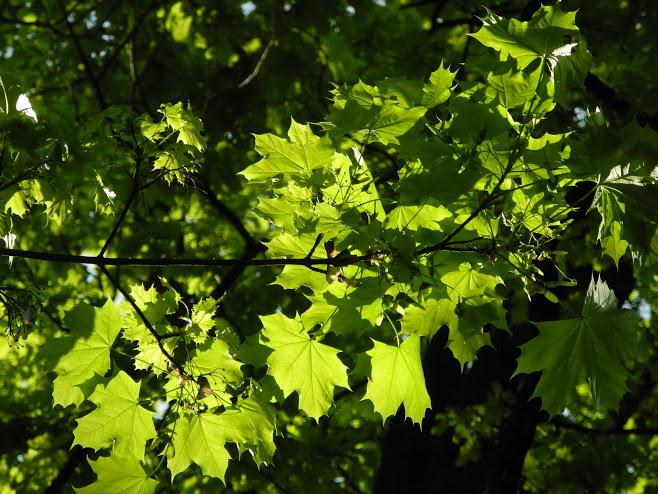
Body
If you are looking for large, hardy trees to add shade to your yard, you must consider your location. Trees have varying needs in terms of sunlight, moisture, and temperature. You can typically use USDA growing zones to determine which trees are suited to your region.
Most of Montana falls into USDA zones 3, 4, and 5. Here are five shade trees that grow well in this climate.
1. American Sycamore
American sycamores are large, stately trees that can reach up to 100 feet tall when mature. They are known for their patchy bark, broad leaves, and dense foliage. If you have a large yard you are trying to fill, a sycamore may be the perfect choice. Just make sure you do not plant it too close to a driveway, as sycamore roots can cause concrete to buckle.
The America sycamore likes well-drained soil and will tolerate some shade or full sunlight. Sycamores are best suited for USDA zones 4 through 10, so they won't do as well in the northeast corner of Montana, which is designated as zone 3 - but they will grow well throughout the rest of the state.
2. American Red Maple
For a jaw-dropping fall landscape, consider planting an American red maple. This tree has a deep green color through the spring and summer, and it turns a brilliant red in autumn. Red maples are great for landscapes with poor drainage since they will tolerate both boggy conditions and droughts with little complaint. They grow quickly, too, adding as much as three feet of height per year.
Red maples can be up to 60 feet tall when mature. They grow well in zones 4 through 9, making most of Montana their ideal environment.
3. Sugar Maple
The sugar maple is another stunning maple variety that grows well in Montana, including in the northeast, zone 3 region of the state. Sugar maples are named for their abundant sap, which is often collected and made into maple syrup. They are green in the summer, but they turn a lovely blend of burnt orange, yellow, and red in the fall.
Sugar maples have a sprawling canopy that makes them great for shade, and they're about 60 feet tall when mature. They'll tolerate full sunlight or partial shade. Sugar maples prefer moist soil and are a bit less drought-tolerant than red maples, though they can tolerate some dry periods.
4. Quaking Aspen
If you're looking for a particularly fast-growing shade tree, consider planting a quaking aspen, which can grow up to five feet per year. These trees have heart-shaped leaves that turn a gorgeous, bright yellow in the fall. Quaking aspen trees will grow in zones 2 through 6, making them a great choice no matter where in Montana you live.
A quaking aspen tree will tolerate some drought conditions. Plan for this tree to reach a height of 40 to 50 feet when mature.
5. River Birch
River birch trees are named for their tendency to grow along the banks of rivers, but they will do well in any moist yard. They are known for their peeling, cream-white bark, and they grow quickly to a final height of 40 to 60 feet. They grow best in zones 4 through 9.
River birch trees do require full sunlight, and they need to be watered regularly when young to ensure they develop strong roots. Give your birch tree the proper care, however, and it will reward you with years of beauty and shade.
These are just a few of the many shade trees that grow well in Montana. If you are looking for pre-started shade trees in the Moorhead area, contact Big Tree Nursery. We carry potted and large spaded trees for your convenience.
 1500 Wall Street Avenue North, Moorhead, MN 56560
1500 Wall Street Avenue North, Moorhead, MN 56560
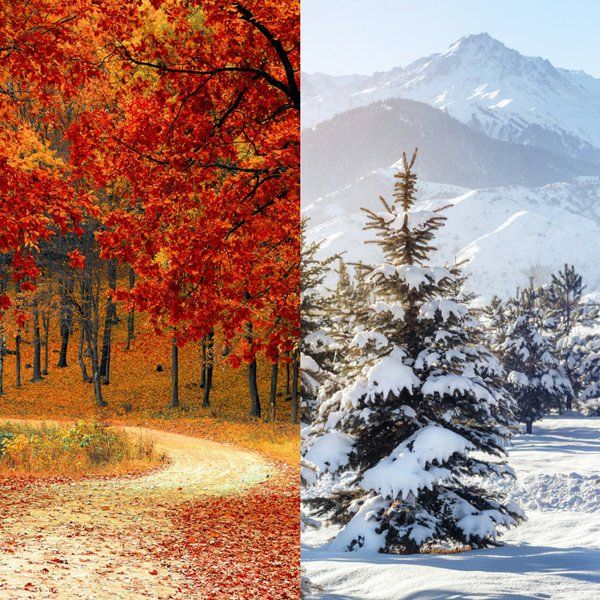
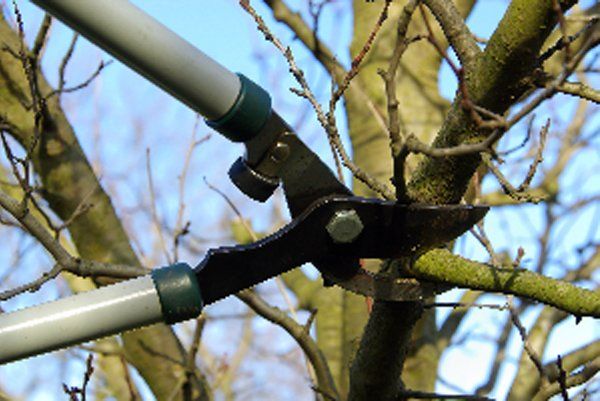
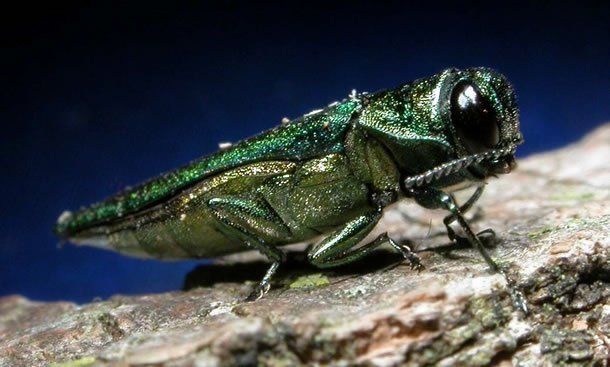
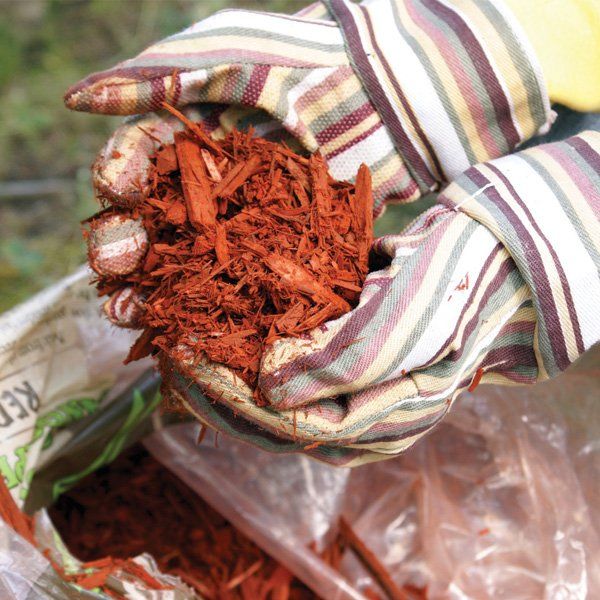

 timfischer55@yahoo.com
timfischer55@yahoo.com